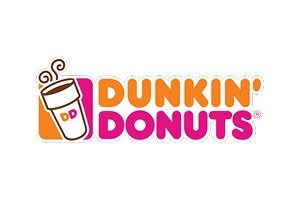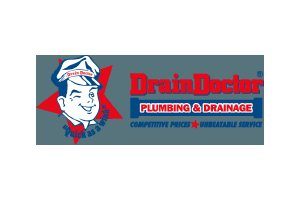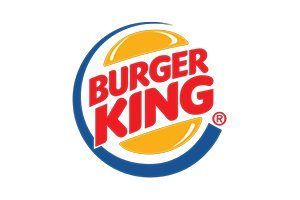Grease Trap Versus FOG
Who wins when it comes to grease trap versus FOG? Firstly, let’s look at FOG.
The build-up over time of discarded fats, oils and greases (FOG) can occur in domestic and commercial drainage systems. The major issue is that in intense situations, it can block drain lines completely. Grease can enter wastewater systems from many sources, such as restaurants and homes. Each year, thousands of FOG-related sewer issues cause problems for us all. Each and every year, it costs millions of pounds in repair bills for water authorities everywhere. Which is a problem for us all when it comes to paying our bills.
Grease Trap Versus FOG: Thames Water View
According to Thames Water, over 100 tons of fat will be poured down plug holes today in London, from not just restaurants but also from ordinary households. This leads to the need to clear over 100,000 blockages from drains every year, and Thames Water says that this is mainly due to solidified fat, which creates over half of the difficulties.
Blockages are now said to be almost all caused to some extent by fat deposits, and the guilty party is fried food. Contamination of pipes with oil and grease can speedily give rise to problems when it is heavy or continuous, as with fast food being pumped into our drainage systems.
The Big Problems
Fat sticks: The leading problem is that larger objects can stick to the fats that you put down your pipes as waste and slowly harden. As this process occurs, big chunks of fat will break off and move down the pipe. This will block the machinery of all underground sewers and pumps. Universally, there is the problem of FOG completely coating pumps and the walls of sewer lines. This creates overheating in pumps and leads to their inevitable burnout.
Clogged traps
Many homes and businesses use a grease trap. These are hard-working preventative bits of kit of varying size and construction. They work on the principle that FOG starts out by floating on top of water. And so can be prevented from entering the main system. FOG enters the grease trap, where plates allow water to be filtered away from the FOG.

Problems happen when a trap is not on a regular basis maintained. A build-up of lots of FOG may result in deposit backlogs, especially where flow is steady and constant. This causes an extremely restricted flow and can sooner or later lead to total blockages. Grease traps are used as they are comparatively effective at fixing FOG issues, but you need to keep them clean.
Grease Trap Versus FOG: Repairs are costly
Sticking fats and grease can make replacement costs for parts expensive. The true cost of FOG issues in the sewer network is in reality, difficult to quantify, but it is causing many problems. Considering all the facts, substantial savings will need to be made by using professional pipeline products and drain management services.
Overall, problems associated with FOG (fats, oils and greases) can be widespread and complex, and if you do not take care of the issue, waste can enter into the system and cause major issues.
To ensure FOG doesn’t cause you a problem, invest in a grease trap for your commercial kitchen.












